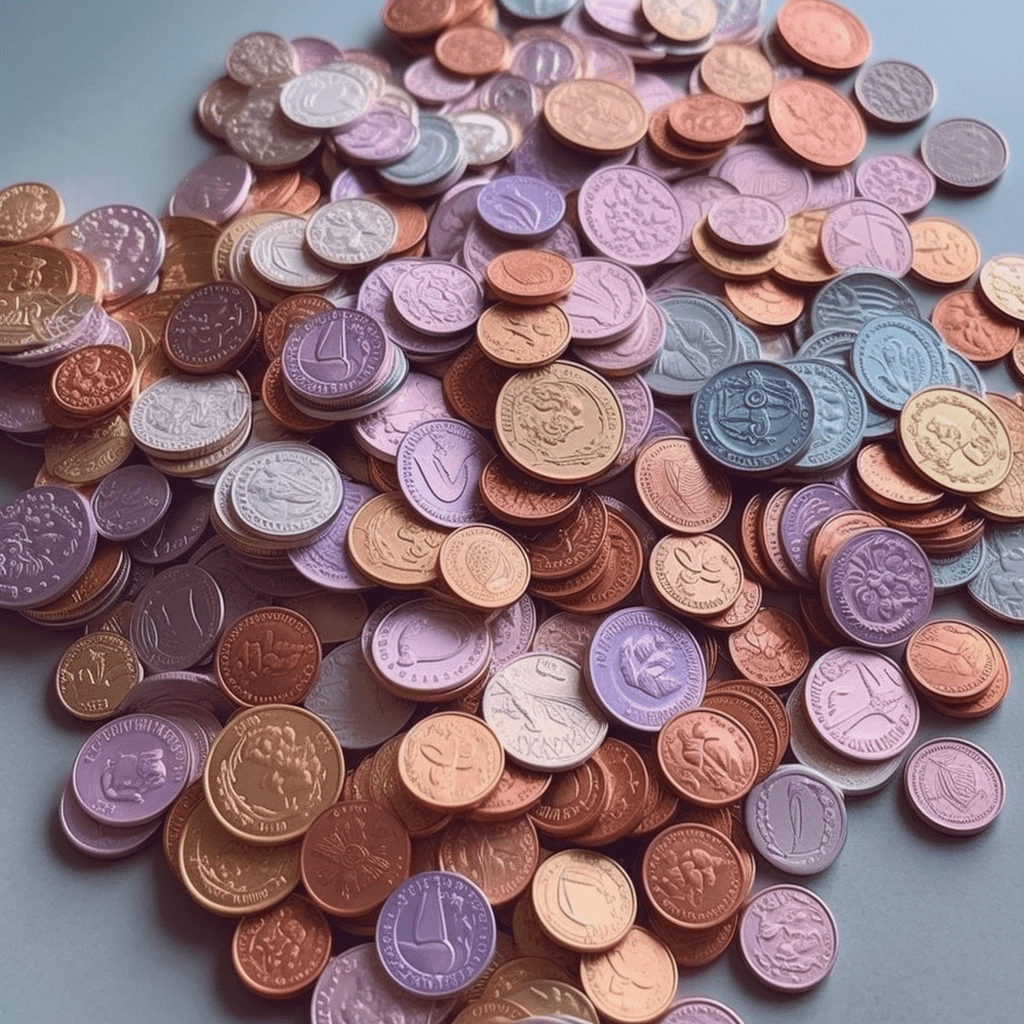In the rapidly evolving world of non-fungible tokens (NFTs), a strong foundation is crucial for the long-term success of your NFT collection. One essential aspect of building that foundation is understanding and managing the metadata and provenance of your digital assets. This article will explore why metadata and provenance are important for your NFT collection, and how you can ensure their proper management as you embark on your journey of creating a successful NFT collection.

What is NFT Metadata?
Metadata is the descriptive information about your NFTs that helps users understand the specifics of each individual asset. This data typically includes details such as the asset’s name, description, creator, and unique attributes. The metadata can also contain more technical information like the file format, resolution, and size of the digital asset.
In the context of an NFT collection, metadata serves several purposes:
- Enhances discoverability: Metadata makes it easier for potential buyers to find your NFTs in a crowded marketplace, as they can search and filter based on the information provided.
- Improves the user experience: Detailed metadata can provide context and enhance the story behind each digital asset, making your NFTs more appealing to collectors.
- Increases the value of your NFTs: Providing comprehensive metadata can help establish the rarity, scarcity, and uniqueness of your digital assets, which can lead to increased demand and higher perceived value.
Why is Provenance Important for Your NFT Collection?

Provenance refers to the history of ownership, transfer, and creation of a digital asset, as well as any modifications made to it. In the NFT space, provenance serves as a digital trail that helps verify the authenticity, originality, and ownership of a digital asset. It is important for the following reasons:
- Establishes authenticity: Provenance helps verify that an NFT is indeed the original work of a specific creator, which can prevent forgeries and counterfeits from entering the market.
- Ensures transparency: A clear provenance record enables buyers to trace the history of an NFT, providing them with confidence in their purchase and the knowledge that they are buying a legitimate asset.
- Protects intellectual property rights: Provenance can be used to enforce the rights of creators and protect their work from unauthorized use or distribution.
Best Practices for Managing Metadata and Provenance
As the creator of an NFT collection, you should take several steps to ensure the proper management of metadata and provenance:
- Standardize your metadata: Adopting a consistent format for your metadata makes it easier for users to understand and interact with your digital assets. Consider using established metadata standards, such as the Ethereum-based ERC-721 or ERC-1155 standards, which provide guidelines for creating and managing metadata for NFTs.
- Store metadata on-chain or off-chain: On-chain storage involves storing metadata directly on the blockchain, providing a higher level of security and immutability. However, it can be expensive due to transaction fees and storage limitations. Off-chain storage involves storing metadata on a separate server, which can be more cost-effective but may require additional security measures to ensure data integrity.
- Use decentralized storage solutions: To further enhance the security and immutability of your metadata, consider using decentralized storage solutions like InterPlanetary File System (IPFS) or Filecoin. These decentralized platforms can provide a tamper-proof, reliable storage solution for your NFT metadata.
- Maintain detailed provenance records: Keep a comprehensive record of your NFT’s history, including its creation, transfer, and ownership changes. This information can be stored on the blockchain, ensuring its integrity, even as it changes hands over time.
- Collaborate with reputable platforms: Work with reputable NFT platforms and marketplaces that prioritize the security and authenticity of digital assets. These platforms can help you manage metadata and provenance more effectively and ensure the legitimacy of your NFT collection.
- Educate your audience: Inform potential buyers and collectors about the importance of metadata and provenance in the NFT space. This can help build trust and credibility for your NFT collection and encourage informed purchasing decisions.
The Impact of Metadata and Provenance on the Future of NFTs
As the NFT market continues to grow and evolve, the importance of metadata and provenance will only increase. Proper management of these elements can help creators establish a strong foundation for their NFT collections, ensuring long-term success and value.
Moreover, as more industries adopt NFT technology, the need for standardized metadata practices and transparent provenance records will become even more critical. Artists, content creators, and brands will need to adapt to these changing requirements to stay competitive in the expanding NFT ecosystem.
Conclusion

In conclusion, the proper management of metadata and provenance is essential to the success of your NFT collection. By understanding their importance and implementing best practices, you can help ensure the authenticity, value, and longevity of your digital assets in the increasingly competitive NFT market. By staying ahead of industry trends and prioritizing transparency, your NFT collection can thrive in the ever-evolving world of blockchain technology.